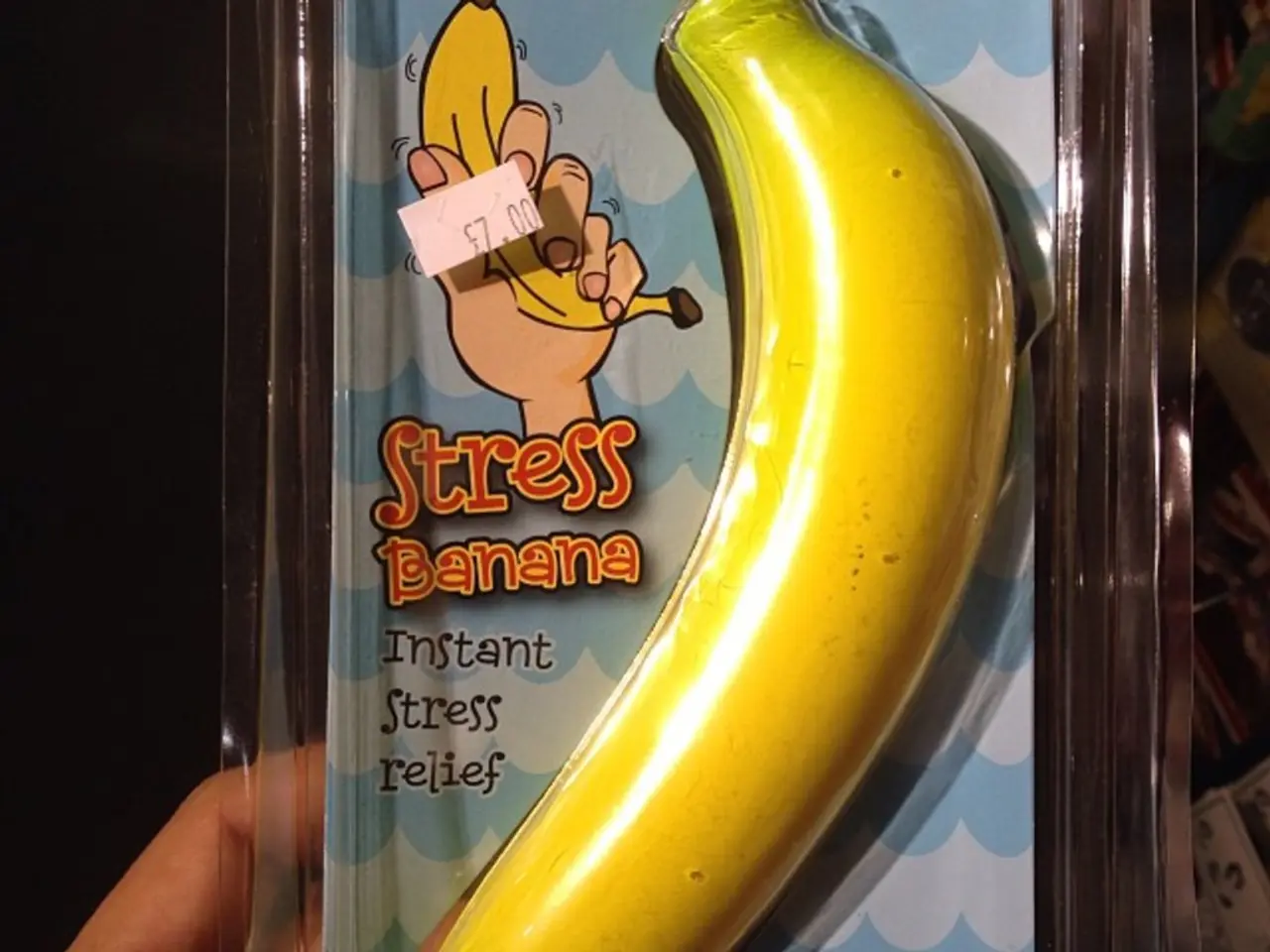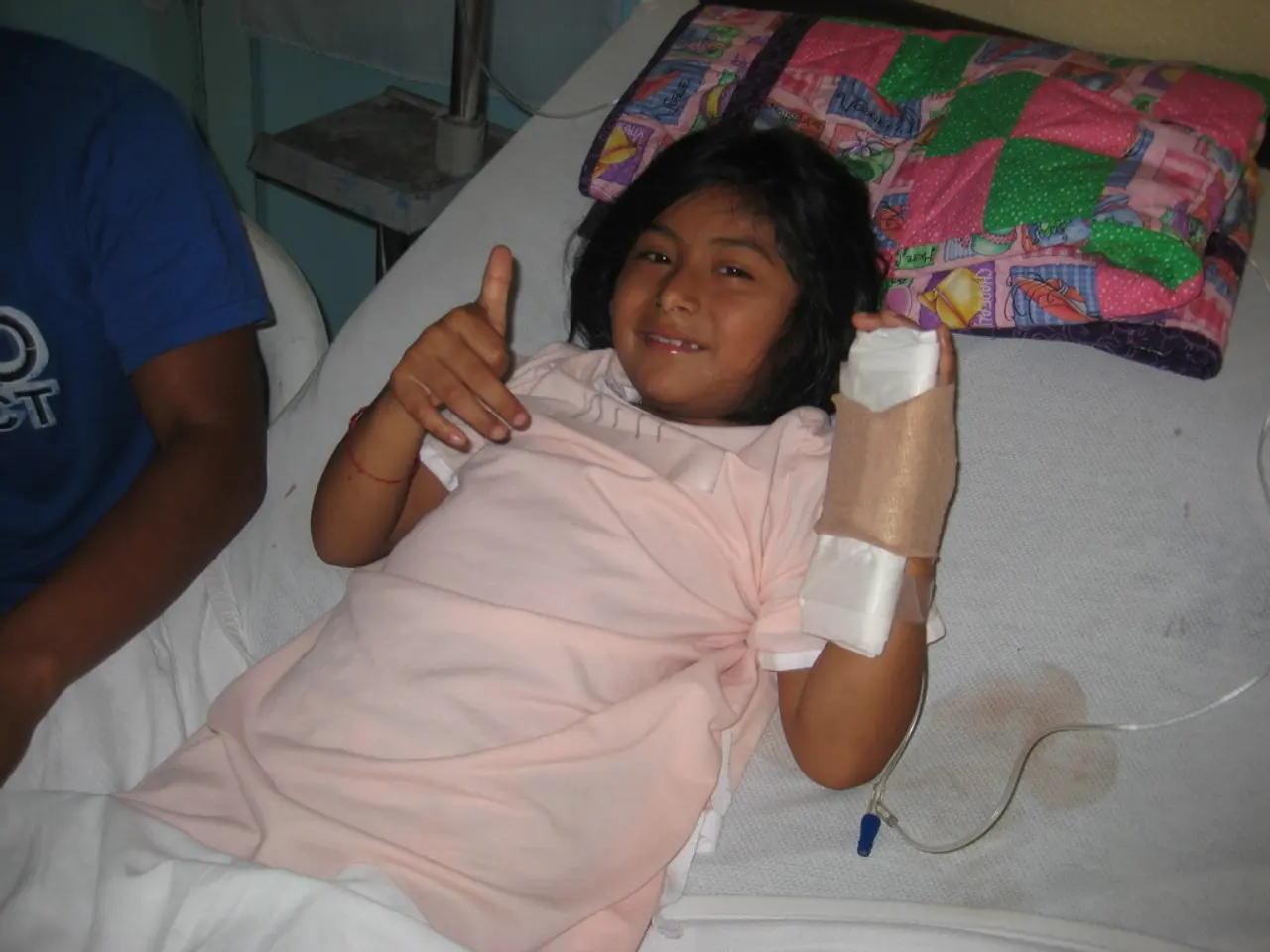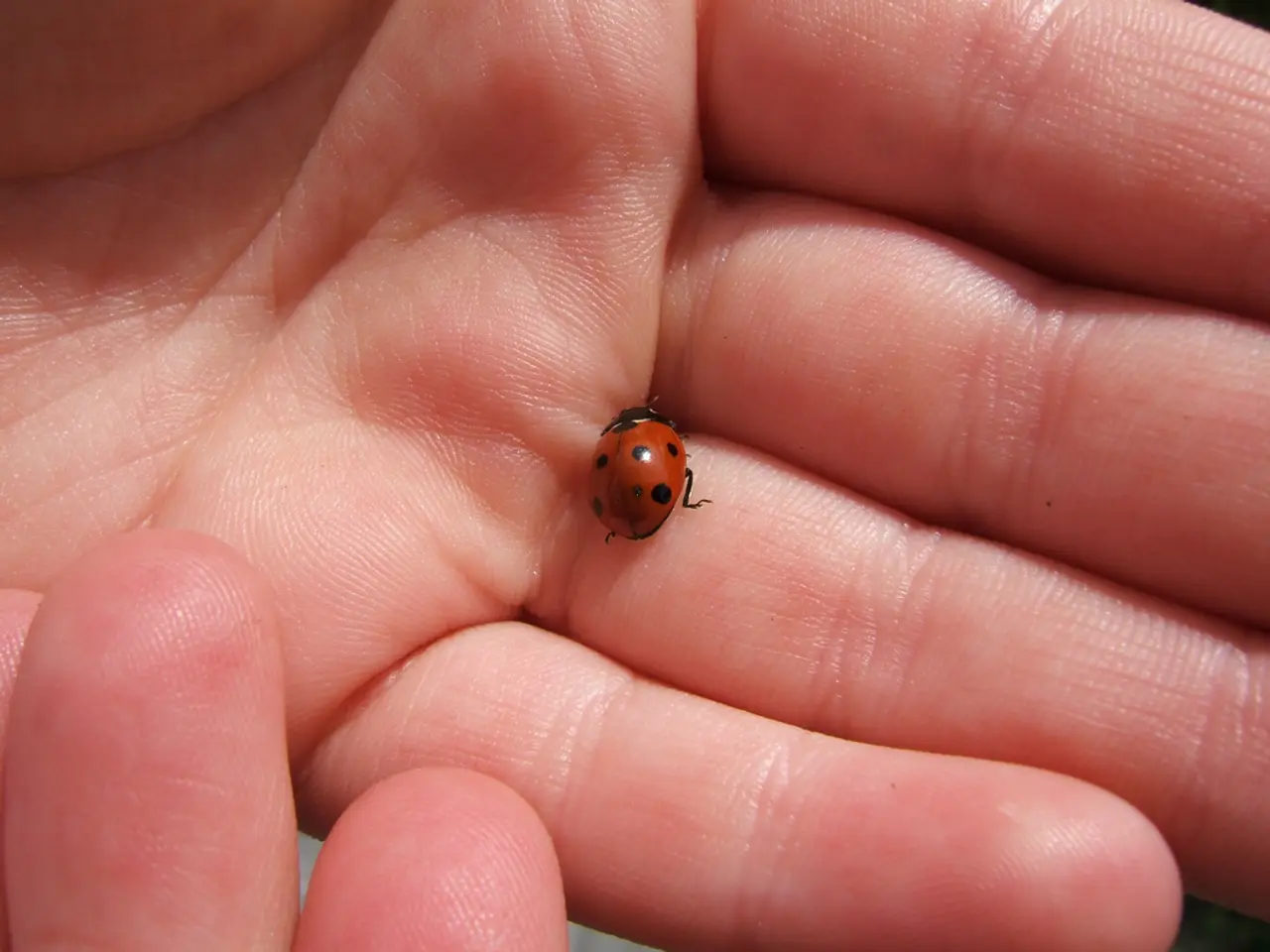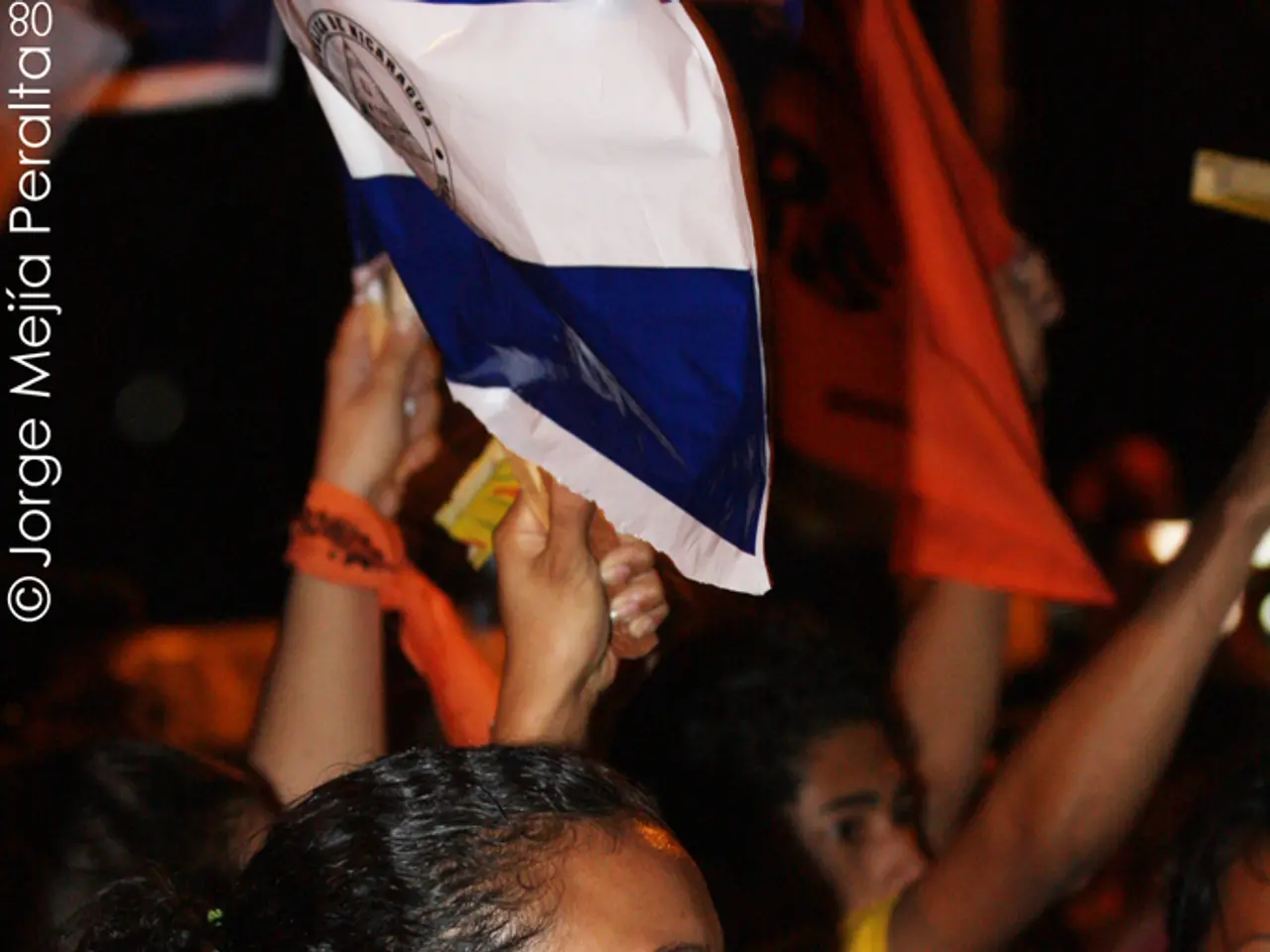Techniques, advantages, and indicators for relaxation: An exploration, accompanied by explanations of benefits and guidelines on when to seek professional assistance.
Mental health management can be a challenging journey, but various relaxation techniques offer diverse strategies to help individuals find peace and reduce symptoms of anxiety, stress, insomnia, and chronic pain. This article provides an overview of some common relaxation techniques, their benefits, and potential risks.
1. Progressive Muscle Relaxation (PMR) - Involving systematic tension and relaxation of muscle groups from toes to head, PMR helps release physical tension, promotes deep relaxation, and reduces anxiety and stress. Practice tips include starting with short sessions and combining with breathing exercises for enhanced effect. While the risk is minimal, improper technique may cause muscle discomfort.
2. Breathing Exercises - Techniques such as diaphragmatic breathing, 4-7-8 breathing, and box breathing help calm the mind, slow heart rate, and reduce stress and anxiety symptoms. Generally safe, individuals with respiratory conditions should adapt techniques accordingly.
3. Mindfulness Meditation - Focusing on present-moment awareness without judgment, mindfulness meditation reduces anxiety, improves stress resilience, enhances emotional regulation, and assists in managing chronic pain and insomnia. Although it may initially increase anxiety in some individuals unfamiliar with meditation, it is generally safe.
4. Yoga and Tai Chi - Combining physical movement, breathing, and relaxation, yoga and tai chi reduce symptoms of anxiety, depression, and stress, while improving physical flexibility and mind-body awareness. Caution is advised for individuals with injuries or mobility limitations.
5. Acupuncture - Insertion of thin needles to balance the body's energy flow, acupuncture may reduce anxiety and chronic pain, soothe state anxiety. However, it requires certified practitioners to minimize risks and may cause minor soreness, bruising, or bleeding.
6. Aromatherapy - Using essential oils like lavender or chamomile for inhalation or topical application, aromatherapy can promote relaxation and reduce anxiety symptoms. Safety precautions are necessary due to potential allergic reactions or skin irritation, and essential oils should be used cautiously, avoiding ingestion and use near children/pets.
7. Somatic Techniques (Body-based Releases) - Including gentle shaking, stretching, “butterfly hugs,” and audible breath releases, somatic techniques help release stored tension and shift the nervous system from the fight-or-flight response to a calm state. Generally safe, these techniques are often used as self-regulation tools.
8. Journaling - Writing down anxious thoughts, often referred to as a "worry dump," supports psychological and physical well-being by externalizing worries and reducing mental load. However, it may cause distress without proper coping strategies or professional guidance.
In conclusion, relaxation techniques offer a multitude of approaches to manage mental health issues. Most methods are low risk when practiced appropriately, but awareness of potential side effects or contraindications is crucial, especially for physical practices or those with certain health conditions. Integrating these techniques consistently can significantly contribute to mental health management.
Everyone navigating mental health management can find solace in a variety of relaxation techniques, each providing its unique benefits and easing symptoms such as anxiety, stress, insomnia, and chronic pain. For instance, Progressive Muscle Relaxation (PMR) helps reduce anxiety and physical tension, while breathing exercises like diaphragmatic breathing calm the mind and slow heart rate. Mindfulness Meditation, yoga and tai chi, and somatic techniques are also effective in promoting relaxation and reducing anxiety symptoms. However, it is essential to understand the potential risks and adapt techniques accordingly, especially for physical practices or those with certain health conditions. Integrating these techniques consistently can significantly contribute to mental health management and overall health-and-wellness.




